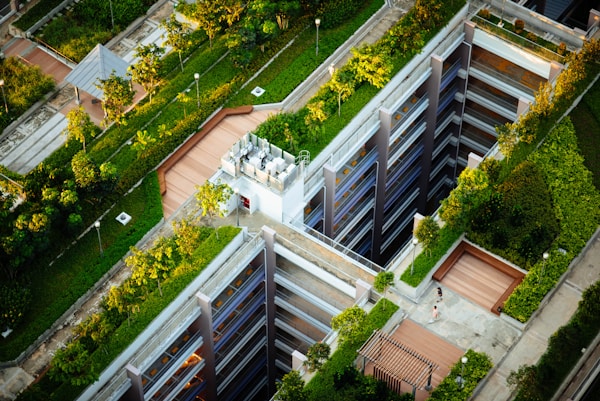If you’re interested in designing cities, neighborhoods, and public spaces, a career in urban design could be perfect for you. But this leaves one crucial question: how to become an urban designer in the first place.
What is urban design?

Urban design is a specialized field of architecture and planning that focuses on designing and improving urban areas to make them more livable, sustainable, and attractive. Becoming an urban designer requires a deep understanding of design principles, environmental science, and social dynamics that impact the functioning of urban areas.
An urban designer must have a keen understanding of how people move and interact within a space, how different communities and stakeholders interact with each other, and how to create well-designed spaces by balancing the functional and aesthetic elements of the design. Urban designers also need to be familiar with different urban planning strategies such as zoning, transit-oriented development, and green infrastructure to ensure that their designs are both effective and sustainable.
Urban design is a multidisciplinary field that draws upon a range of disciplines, including architecture, landscape architecture, and city planning. Urban designers work closely with other professionals to create harmonious spaces that meet the needs of the community. They consider a range of factors when designing a public space, including accessibility, safety, sustainability, and cultural heritage. They also consider the social, economic, and environmental impact of their designs.
How do you become an urban designer?

Urban design is an exciting and dynamic field that combines the principles of architecture, city planning, and landscape design to create functional and aesthetically pleasing urban environments. If you yearn to become an urban designer, there are several essential steps to follow.
Education
Most urban designers have a degree in architecture, urban planning, or landscape architecture. These degree programs provide a strong foundation in design theory, environmental science, and sustainability practices. As an urban design professional, you’ll need to have a solid understanding of how to effectively plan and design buildings, transportation systems, public spaces, and landscapes to create functional and aesthetically pleasing urban environments.
Certification
Another important aspect of becoming an urban designer is obtaining certification from a professional organization. Organizations such as the American Planning Association or the American Society of Landscape Architects provide certification programs that will give you added credibility as an urban design professional. Certification involves passing rigorous exams and demonstrating extensive knowledge in the field of urban design. With the right education and certification, you’ll be well on your way to becoming an expert in the art of urban design.
Experience
One way to acquire practical experience as an urban designer is by pursuing internships or entry-level positions with an urban design firm or government agency. During this time, you will have the opportunity to learn from experienced professionals who can teach you the fundamentals of urban design, such as site analysis, designing public spaces, and working with diverse communities. Additionally, you will get a chance to work on real-world projects, applying the knowledge you’ve gained in school to solve complex urban problems.
Knowledge
Staying up-to-date with current trends and best practices is also crucial to being a successful urban designer. Attending conferences and workshops can help you discover new techniques and design methodologies while networking with professionals in the field can provide valuable insights into what it takes to succeed as an urban designer. By pursuing internships or entry-level positions and staying up-to-date with best practices, you can lay a strong foundation for a successful career in urban design.
If you find cityscapes fascinating and you have a love for designing open spaces, then becoming an urban designer might be the right career path for you. By combining formal education, practical experience, and ongoing learning, those willing to work hard and remain dedicated can build a rewarding career in urban design, creating vibrant and liveable spaces for communities.





